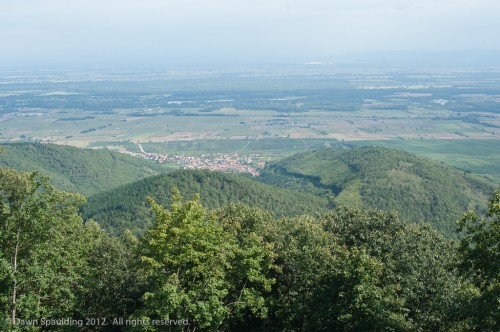Château du Haut-Koenigsbourg occupies a strategic position over the Alsace plains, the Vosges, the Black Forest and the Alps. It was originally constructed in the 12th century for the purpose of watching over the wine and wheat routes to the north and the silver and salt routes running east-west. The castle sits 700 meters high […]
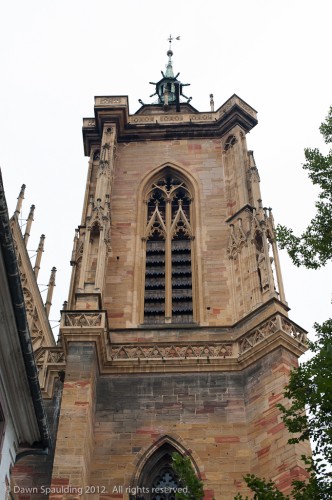
Église Saint-Martin, Colmar
Église Saint-Martin is a striking 14th-century Gothic church that dominates the center of Colmar. The church is built of red and gold stones and is in the shape of a Latin cross. The Renaissance crown over the bell tower was added in the 16th century, following a fire. The current structure was built on the […]
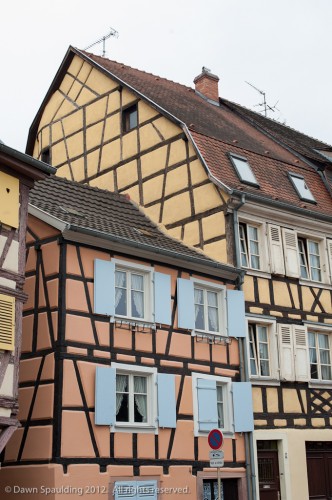
Colmar, Alsace, France
With a population of 68,000, Colmar is largest city on the Route des Vins. It turns out fairy-tale aesthetics are scalable – Colmar is just as cute as the other villages on the road. The old town is beautifully maintained. It helps that the city was largely unscathed during the world wars and the French […]
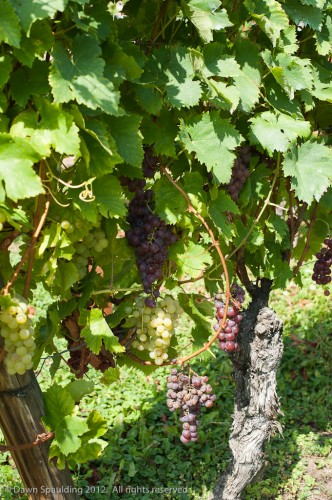
Hunawihr, France
Hunawihr is a serene, walled hamlet set amidst endless stretches of vines. The 16th-century fortified church has served both the Catholic and Protestant communities since the 17th century. Hunawihr is where you’ll find the largest stork population: the Centre de Réintroduction Cigognes & Loutres houses 200 free-flying storks. When we visited, the center was closed […]
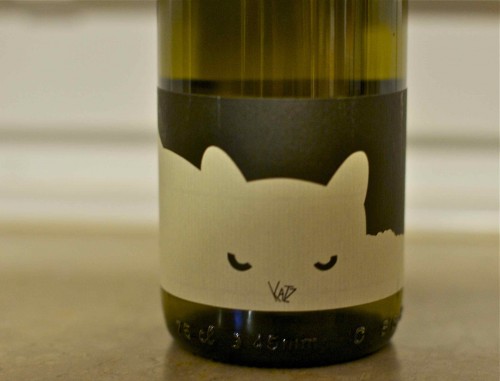
Vignoble Klur, Katzenthal
Vignoble Klur is a small organic, family-run winery. When we stopped by, the tasting room actually wasn’t open. We didn’t know that when we rang the bell, but were invited in regardless. There is always family and staff on the compact grounds since in addition to offering wine tastings, there is an inn, cooking classes […]
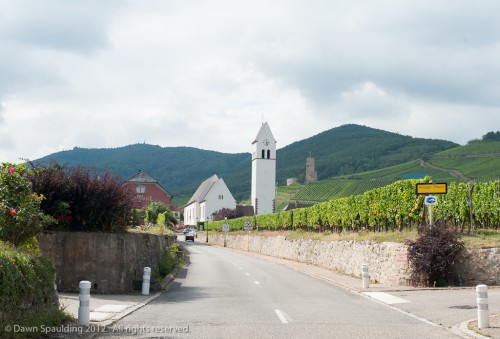
Katzenthal, France
There’s not a lot to Katzenthal except lots and lots of hills full of grand cru vines. The village consists of two streets that cross at the village fountain. Almost the entire town was rebuilt after World War II since 90% of it was destroyed during the Pocket of Colmar battle. Ruins of 13th-century Wineck […]
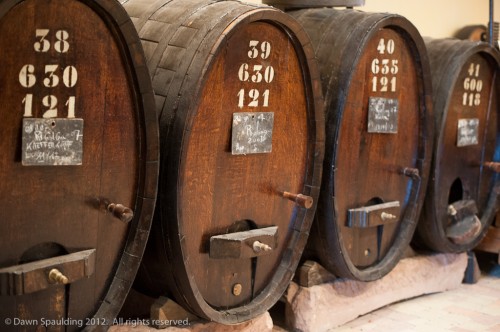
Domaine Keuhn, Ammerschwihr
Ammerschwihr is a small Alsatian town nestled in the Vosges mountains. The town dates back to the 9th century, but its most recent notable event was when it was annexed by the Nazis from 1940-45, during which time 85% of the houses were destroyed. The local vineyard, which sits on 450 hectares, has the prestigious […]
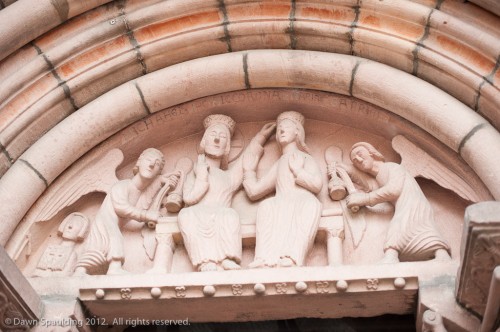
Église Sainte-Croix, Kaysersberg
Kaysersberg’s red sandstone church, Église Sainte-Croix, is right in the middle of town. It was built between the 13th and 16th centuries. The 13th-century west portal was built in Romanesque style, with arches and semicircular rows of columns. The 15th and 16th century construction resulted in a gothic style and features sweeping archways with decorated […]
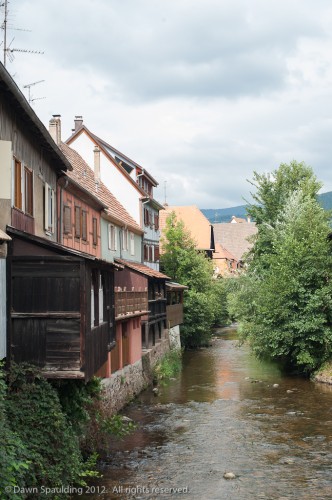
Kaysersberg, France
Kaysersberg is another charming vineyard-enclosed medieval town with bright half-timbered 15th- and 16th-century houses and narrow pedestrian roads. The main industry is, of course, viticulture. The first vines were brought to Kaysersberg in the 16th century from Hungary. They originated from the Tokay vine, which now goes by the familiar name Pinot Gris. The ruins […]
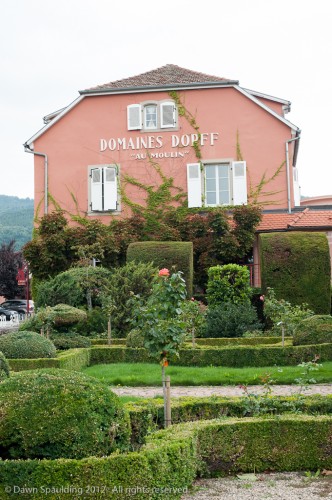
Dopff au Moulin
The Dopff family has operated this winery for 13 generations. Today, three generations work side-by-side. Aside from award-winning wines, Dopff’s claim to fame was pioneering now-common Crémant d’Alsace. In the early 1900’s, Julien Dopff attended a seminar on Champagne-making and decided to give it a try with Alsatian wine. After training for two years in […]
